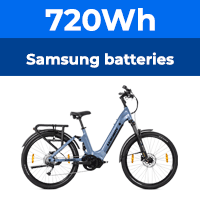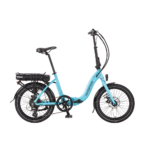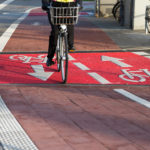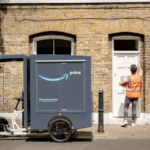I am new to ebikes but am considering converting my old Cannondale M800. This has aluminum front forks and I have heard that problems can occur fitting motor to aluminum front forks although I have seen conversions in other threads which seem to have been fitted to aluminum forks.
Should I go for front or rear wheel drive? Front seems to be easier to fit and better weight distribution....
I will only be using the bike for road use.
Should I go for front or rear wheel drive? Front seems to be easier to fit and better weight distribution....
I will only be using the bike for road use.







